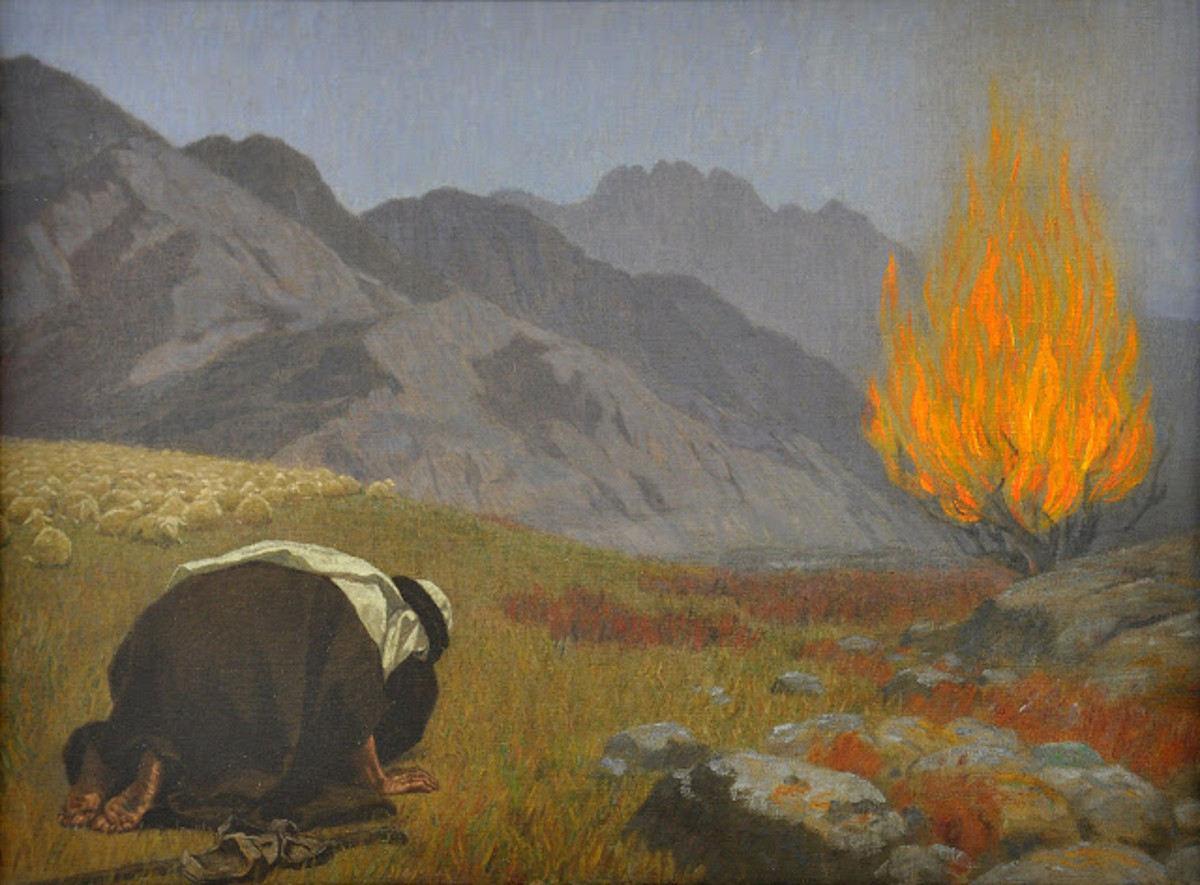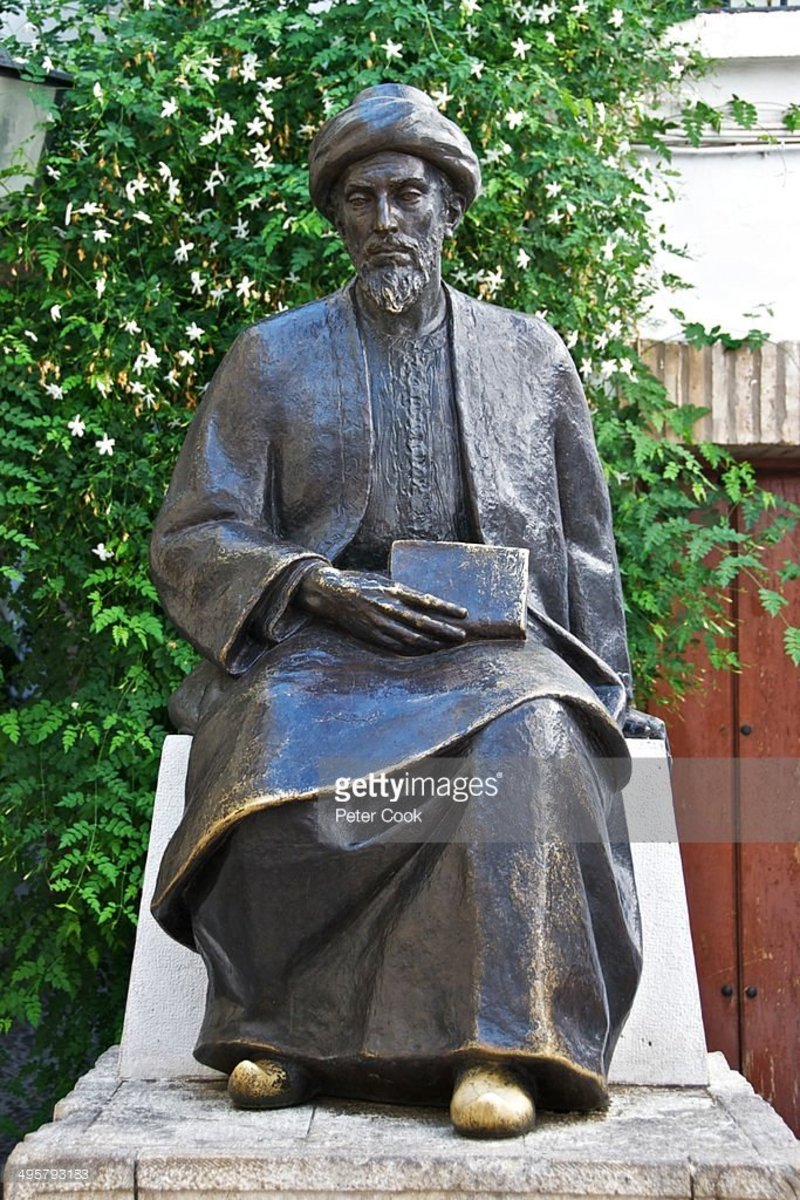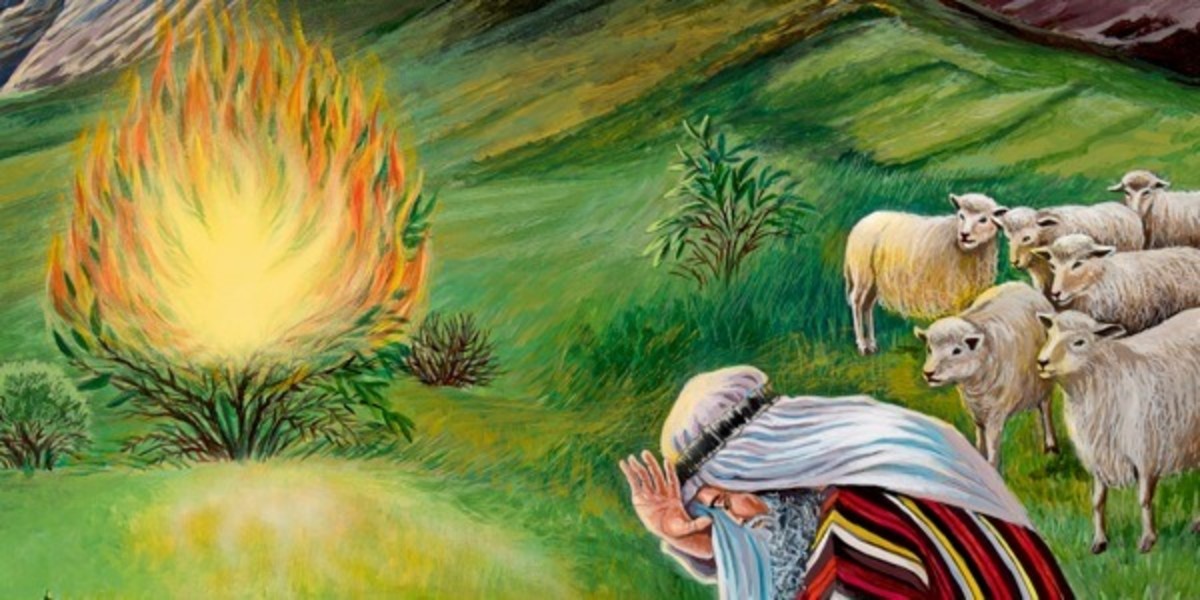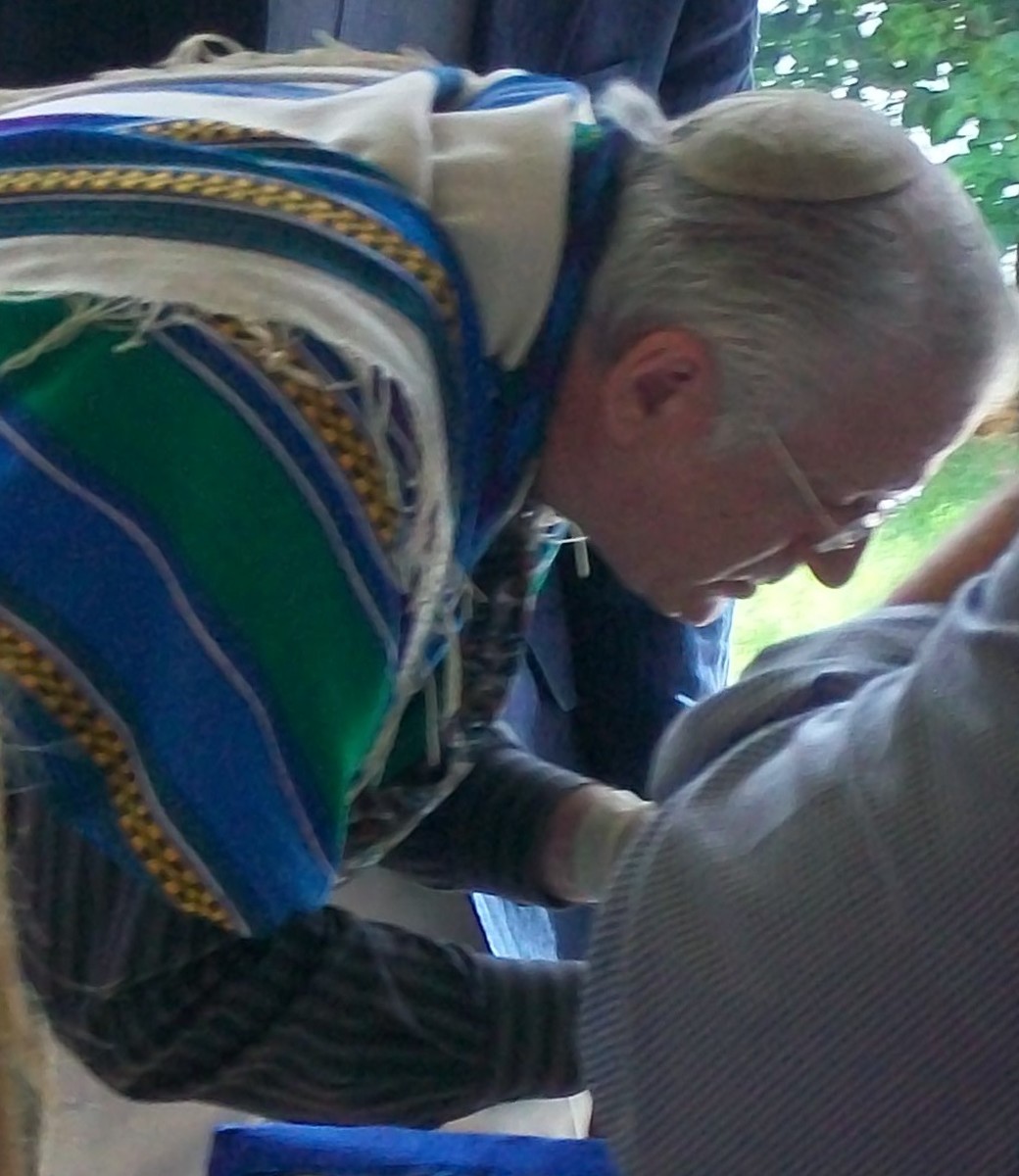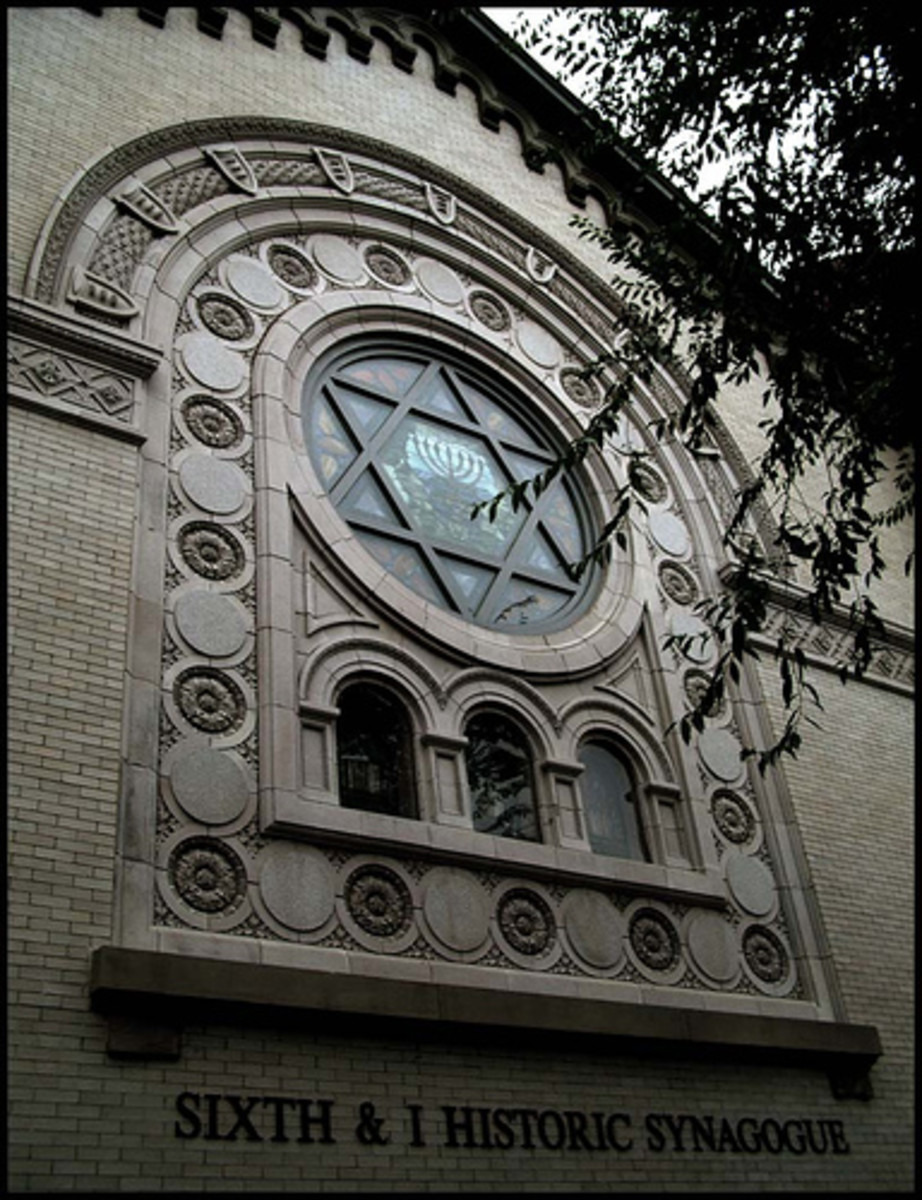Supporting Facts About Moses Revealed
Moses Cartoon
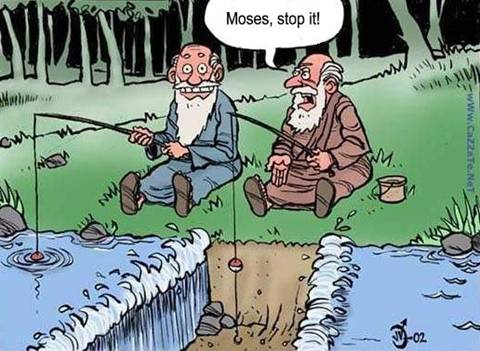
Mistranslated Words Hypothesis of The Exodus
New Supporting Evidence found:
- Mistranslations: One of the first misnomers of the Moses story, happened by mistake, roughly twenty-five hundred years ago. When a scribe failed to translate the ancient Hebrew words Yam Suph correctly. It is widely known that Classical Hebrew is used in Jewish ceremonies, worship services and bible studies still to this day. However, what is not widely known is that this form of the Hebrew language, only dates back to the time of the Roman occupation of Judea. Thus, the Classical form of the Hebrew language, is not old enough to be the language of Moses.
- It has been recently discovered that a far more primitive, Sumerian based Hebrew was being used during the time period of Moses and Abraham. This older form of the Hebrew language, supposedly has strong, influential, root words stemming from an ancient Sumerian vocabulary, which is also the bases of the ancient Syrian Coptic and Aramaic languages.
- The mistake was inadvertently made when scribes began to translate many of the Sumerian based stories, into the classical the of Hebrew, commonly used today. If it had not been for a recent discovery, this mistake could have gone unnoticed for another thousand years.
- Ancient Egyptian Hieroglyphs Discover of A Tax Collector: The recent discovery collaborating the mistranslated words theory, was found on an ancient Egyptian tax collection record kept during the time of Pharaoh Ahmose. The tax recorded on a stone wall found in the tomb of a wealthy Egyptian regional overseer, whose duties were to collect money. When the money had been collected, it was the overseer's job to also see to it that it was then safely delivered to the Pharaoh Ahmose treasury.
- This Egyptian overseer's tomb had been turn into a stone journal of events, which occurred during his life. His life's work was written in great detail, and stayed perfectly preserved for over thirty-five hundred years.
- What they also discovered on this overseer's tomb wall, was that a great exodus of people had occurred during the height of Pharaoh Ahmose's power, and that a great famine had swept through the lands of Egypt. When Egyptian archaeologists started studying the newly found tomb writings in great depth, the recorded hieroglyphs for the words Yam Suph, depicted a slightly different meaning than what they mean in Classical Hebrew today. What they discovered was that the word “Yam,” in primitive Hebrew meant “reed”. However, in Classical Hebrew Yam means “red.”
- Moreover, the hieroglyph for Yam was a picture of a grouping of reed stalks, standing upright in a body of water. Apparently though, this was not the first time someone on the archeology team, studying the tomb writings had encountered a translation discrepancy, involving the same Hebrew word Yam.
Reed not Red
...and, they discovered that the word “Yam,” in primitive Hebrew (the true language of Moses) meant “reed.”
Dead Sea Scroll Cave Four
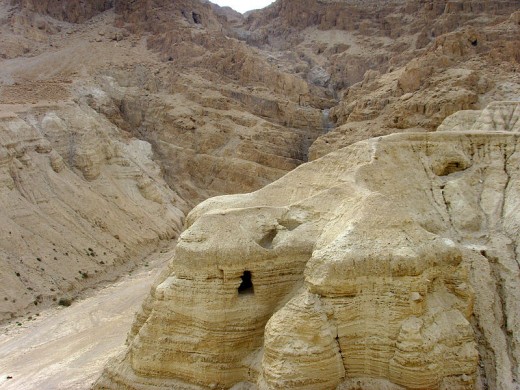
Wadi Qumran Cave Proximity
Wadi Qumran is located on the Palestinian side of the Jordan river. Which is due North of the pin marker. Same region just a few miles up the road.
Cave Four and The Book of Deuteronomy
- One of the team experts at the Egyptian overseer's tomb, had also previously studied one particular Dead Sea Scroll, which had been discovered in cave four. Cave four is where the legendary
Book of Deuteronomy was found.
- What the expert noticed occurring, during his first initial years spent researching the ancient book, was that whoever translated the book to the scroll; used two distinctly different forms of the Hebrew language.
- This exciting new discovery, ironically has now began to change the way Modern day scholars read ancient Hebrew texts, and also has changed the way Hebrew is being taught in schools in Israel. Therefore without a doubt, the supposed body of water parted by Moses, (originally written in the same tongue of Moses) was Yam Suph, or the Reed Sea.
- In 1859, the Reed Sea was located at the Nile River's delta basin, where it then intersected with the body of water known as, Ballah Lake. Upon the completion of the Suez Canal in 1860, this low-land, river-basin, known as Yam Suph, was swallowed up by the canal, and today is covered up by water. Maybe someday archaeologists will be able to dive to the bottom of the canal, and conduct some underwater research.
- Under the current Egyptian laws, it is illegal to dig underwater, unless divers have been granted access by the Egyptian government. The building of the Suez Canal has curtailed any further study of the Exodus story in that region. That is why there are so little facts known today.
- But with the recent discoveries made on land, we do have some supporting, archaeological, evidence that during the time of Moses, the Yam Suph was the Reed Sea, and not the Red Sea, as it is found in our bible of today.
Yet here is another remarkable discovery made recently supporting the Exodus story!
Supporting Photographic Image
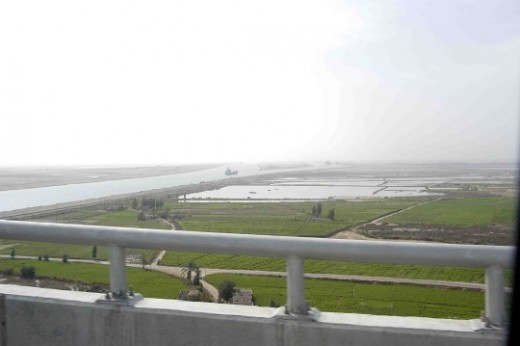
Do you believe in the story of Moses?
The Ahmose Stela
The third piece of supporting evidence is;
- It is widely believed that there is no Egyptian record of the Story of Moses. That is incorrect. In 1947 archaeologist Henri Chevrier found pieces of a broken stone monument - or stela that dated to a Pharaoh named Ahmose, around 1500 bce. Incredibly, the Ahmose Stela is covered in hieroglyphic inscriptions that mirror the Exodus tale precisely. However, there have been two exoduses out of Egypt by the Hebrew people. Although this stela is believed to be the time period of Ahmose, there is no exact certainity. I mention it because of its high probability, due to the scientific dating process.
- Moses in Hebrew is Moshe. That is right, the name Moses is not Hebrew but Egyptian!
Ayun Musa
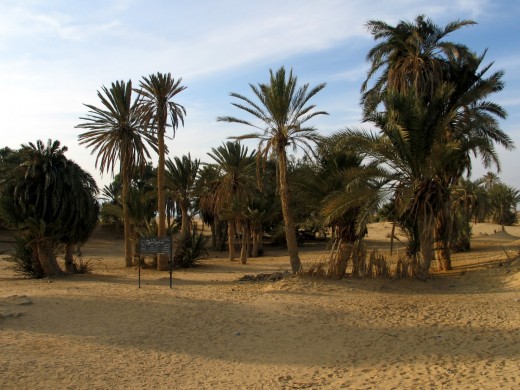
Spring of Moses
Hamedy Tunnel, Egypt is very close to where Ayun Musa is located, which is due west of this tunnel.
Spring of Moses
The fourth piece of factual evidence, supporting the Exodus and Moses story, is not an archaeological piece of evidence but something bigger. It is an Anthropological piece of history. Anthropology is the study of people; their habitat, politics, philosophy, and all social dynamics that make a particular group of people- unique from another race. There are both, Anthropological and Archaeological supporting pieces of evidence, representing the vitality of the "Reed Sea Crossing" hypothesis. For those who do not understand, an Anthropologically backed piece of evidence is usually the "smoking gun" piece of evidence, needed to validate certainty.
- After crossing the Reed Sea, the Israelites encamped in an area with a naturally-occurring spring and palm trees verse 15:27. This area is known as Elim in the Book of Exodus.
That area in Egypt today- is named Ayun Musa.
- Ayun Musa means Spring of Moses in Egyptian. Ayun Musa is situated in the Northeastern region of the Suez canal. It is an oasis right next to the shoreline where the Reed Sea once swelled.
- The people of this region today, are much like they were thirty-five hundred years ago. There has been very little progress or advancements made here, and have very little access to the outside world. They are illerate nomads.
- It is my educated opinion that the area was so named the Spring of Moses by these peoples, ancient ancestors, for a reason. That reason being because a man name Moses did something great there once.
The History Channel's Ahmose
Exodus Decoded Provided
When History Channel’s Naked Archaeologist, Simcha Jacobovici teamed up with Oscar winning director and producer James Cameron to create a documentary called the Exodus Decoded, I was thrilled. I recorded the documentary, April 16, 2006 on Easter Day, and eagerly watched the episode over-and-over, with pen and paper in hand. As with all documentaries- evidence presented in these types of programs, must be absorbed with caution. When any major movie producer or film director gets involved with a biblical project of this magnitude, there are bound to be exaggerations. Anybody can make up history but, only hard facts can tell the real story.
The evidence presented by these two professionals for their Exodus documentary, was not as convincing as I would have liked it to be. That was to be expected though, when dealing with history over thirty-five hundred years old. Let's face it, thirty-five hundred years is a very long time for any remaining artifacts to linger, let alone evidence left by the wondering nomads of the Exodus story. It was my opinion however, they did a stellar job of digging up hard evidence, and making people think about the possibilities. Which is the purpose of producing a documentary in the first place.
Did A Man Name Moses Exist?
- I am of the opinion that we cannot continue to ignore this linguistic evidence, which ironically dates back to Pharaoh Ahmoses.
- The Pharaoh I believe was the brother of Moses as told in the Exodus story. By the way, Ahmoses means “Brother of Moses” in Egyptian. Is this just circumstances? I doubt it.
- Just as with the name Ahmoses; people of that ancient landscape, named their children according to the child's status, positioning, and rank. If Moses was considered the elder of the two boys it was not uncommon that the family would name the younger son, “Brother of _____”. This is still practiced amongst the Bedouin tribes of the Middle East today.
- The most inescapable fact is that; the name Moses is Egyptian in origin. We cannot continue to ignore the fact that the name “Moses,” is Egyptian and thus, has been embedded in ancient languages for thousands, upon thousands of years.
- All these little facts, once they are put together in their proper alignment, tells us what is needed to know, about the time period in which Moses lived.
- Now, is this proof there is a God? No, it is not. It only proves that a mystical and brave man named Moses, once lived in Egypt, slept there, did great things there, and from there crossed the Reed sea, with forty thousand followers, and entered into the land of Canaan.
- The fact that lands and naturally occurring springs are named after him, tells us that he was a man of strength, dedication, and courage.
- Ancient Egyptians valued water above all things. It was the key to their survival. Without water there were no crops, no transportation, no life. To name a spring after a man, who once slept there, tells us he was someone important.
I have always been of the conviction that proving or disproving biblical stories, does not prove or disprove God. It only proves what is written, and nothing more.
Recap What You Learned - Take A Pop Quiz
view quiz statisticsHow I Got My Hobby
In the HubPages forums a while back, a post was made asking if there was any validity to the biblical story of Moses. To my dismay, many people were actually under the impression that since it was a bible story, it had to be a myth. Many hubbers even went so far in writing with exacting certainty that to their knowledge, there was "absolutely no known archaeological evidence supporting the events of the Exodus story", as written down in the bible. The most common misconception amongst my fellow hubbers, was that the Moses story was just a "fairytale."
Searching out certain facts that support a particular biblical story is a big hobby of mine. I guess you could say that I am an amateur historian. Even as a child, I liked attending Sunday school for its historical value. The impossibilities behind an ancient biblical story, usually left me quite intrigued, and asking questions of my grandmother for hours and hours. This curiosity eventually grew into something greater than a moment's thought, and now at forty-three, searching out biblical history is not only a lifelong hobby, it is a passion of mine.
Did you find this article to be educational and useful.
Links to Moses
- Bible Stories: Moses and the Burning Bush - Sunday S...
If you are looking for a free lesson plan about the story of Moses and the burning bush, we've got you covered. This lesson is designed for elementary students who read and write on their own. - Moses, A Prophet of God
The prophet Moses is one of the most revered prophets discussed among the pages of the Old Testament. His birth, his life, and his mission all point to the message of God's love and hope for his children. Moses ultimately is an example of a living - BBC - Religions - Judaism: Moses
This article looks at the life and times of the Prophet Moses, who led the Hebrew slaves out of Egypt and received the Ten Commandments from God.


